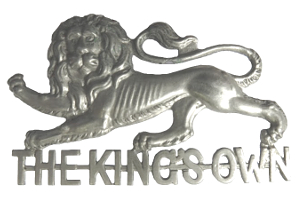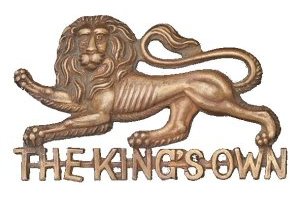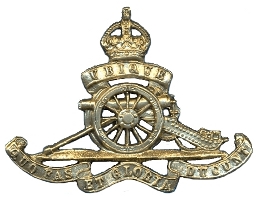│
37th Lancashire RVC divided in
37A Lancashire RVC
37B Lancashire RVC
37C Lancashire RVC
52nd Lancashire RVC
53rd Lancashire RVC
│
65th Lancashire RVC raised
75th Lancashire RVC raised
│
│
all part of
5th Administrative Battalion of
Lancashire Rifle Volunteers
│
75th Lancashire RVC raised
│
│
75th Lancashire RVC disbanded
│
10th Lancashire
Rifle Volunteer Corps
│
of the Volunteer Force
│
| volunteer battalion of The King’s Own (Royal Lancaster Regiment) |
The King’s Own
(Royal Lancaster Regiment)

│



│
│
│
The King’s Own
(Royal Lancaster Regiment)
│
The King’s Own
(Royal Lancaster Regiment) (TF)
The King’s Own
(Royal Lancaster Regiment) (TF)

│

│
1918:
2/4th Battalion,
3/4th Battalion,
The King’s Own
(Royal Lancaster Regiment)
│
2/5th Battalion,
3/5th Battalion,
The King’s Own
(Royal Lancaster Regiment)
│
The King’s Own Royal Regiment
(Lancaster) (TA)
The King’s Own Royal Regiment
(Lancaster) (TA)

│

│
Royal Regiment)
Anti-Tank Regiment,
Royal Artillery (TA)
│
│
│
│
│


│
│
Royal Artillery (TA)
│
│
│
│
│
│
│
Royal Armoured Corps
(King’s Own)

│

│

│
│
│
│
Royal Artillery
(King’s Own)
│
│
│
│
Anti-Tank Regiment,
Royal Artillery
(King’s Own Royal Regiment)
│
│
│
│
│
Royal Armoured Corps
(King’s Own)
│
│
Royal Artillery
(King’s Own Royal Regiment)
│
│
│
│
│
│
│
Regiment,
Royal Artillery
(King’s Own Royal Regiment)
│
│
│
│
│
│
│
│
│
│
│
│
│
│
│
Royal Artillery
(King’s Own) (TA)
│
Royal Artillery
(King’s Own) (TA)
│
The King’s Own Royal Regiment
(Lancaster) (TA)
│
│
│
│
│
306th Heavy Anti-Aircraft Regiment,
Royal Artillery
(Lancashire Hussars) (TA)
│
│
│
│
Royal Artillery
(King’s Own) (TA)
│
│
│
│
293rd Light Anti-Aircraft Regiment,
Royal Artillery
(East Lancashire) (TA)
│
│
│
│
│
556th Heavy Anti-Aircraft Regiment,
Royal Artillery
(East Lancashire) (TA)
│
│
│
│
│



380th Light Regiment,
Royal Artillery (TA)
│
│
│
│
│
│
│
| transferred to The King’s Own Royal Border Regiment |




288th (2nd West Lancashire)
Light Anti-Aircraft Regiment,
Royal Artillery (TA)
The King’s Own Royal Regiment
(Lancaster) (TA)
│
│
A Company (King’s Own Border),
The Lancastrian Volunteers
and
4th/5th (Territorial) Battalion,
The King’s Own Royal Regiment
(Lancaster)